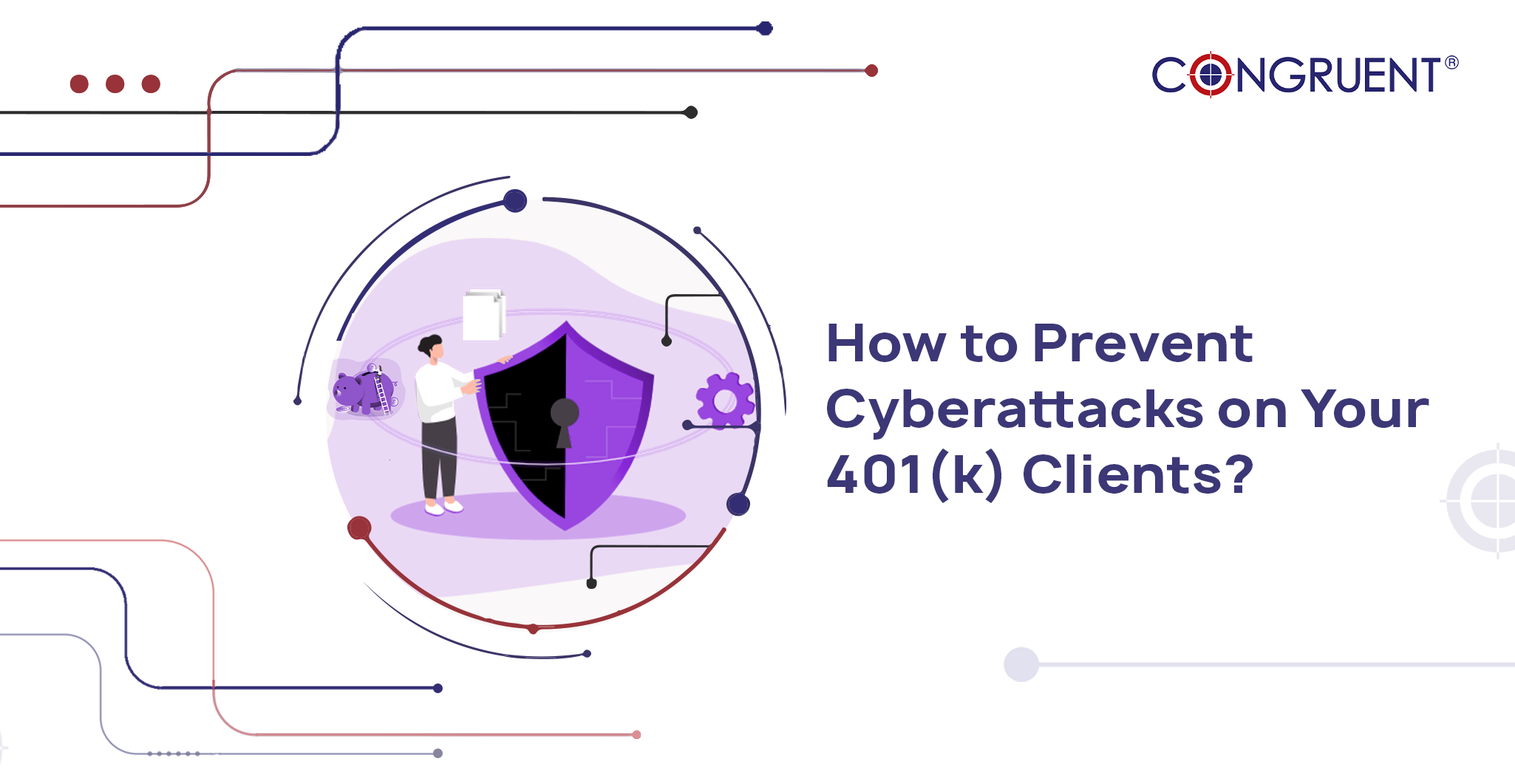
The US population continues to age, and many Americans rely on retirement savings in 401(k) plans to support themselves in their golden years. Unfortunately, owing to its vulnerabilities, the retirement industry has become a prime target for cybercriminals.
The rising cyberthreat
In recent years, several high-profile cyber attacks have occurred in the retirement plan industry. They have resulted in the loss of billions of dollars in assets. These attacks have exploited many vulnerabilities, including weak passwords, unpatched software, and social engineering.
As the retirement plan industry moves online to meet the changing client needs, it is also becoming more vulnerable to these cyber-attacks. 401(k) plan data contains a lot of personal information and high-value assets; it is an attractive target for cyber attackers. They get easy access to sensitive information such as birthdate, names of family members, salary, Social Security Number, and medical data.
Retirement plan administration service providers, fiduciaries, plan sponsors, and participants are constantly at risk of one of the following methods of cyber fraud
- Account takeover
- Financial scam
- Identity theft
- Loan fraud
- Rollover check fraud
- Ransomware (block access to data)
- Malware (software attack providing unauthorized access to information)
- Phishing (suspicious emails and links that trick the recipient into revealing sensitive information)
Cyber security experts warn that these attacks will only become more common and costly unless steps are taken to improve security.
Combating cyber attacks with technology
Preventing cyberattacks on your 401(k) clients is essential to sustain your business relations and build trust. Data encryption, user authentication, and privacy protection are some procedures you can use to keep your retirement plan client’s data secure.
Technology plays a crucial role in winning the cyber fraud battle. Many software programs for the retirement plan administration industry can protect against cybercrime. But, as with any security measure, these must be accompanied by procedures and policies to detect and respond to attacks.
DOL recommends some best practices for companies from the retirement planning industry. Adopting these can improve cyber security for their clients:
- A well-planned cybersecurity policy and secure SDLC process
- Educating employees about cyber security risks
- Conducting regular risk assessments and annual third-party audits
- Implementing multi-factor and role-based authentication
- Educate and train your employees to improve cybersecurity awareness
- Build a resilient business model
- Ensure data encryption
Ensuring a secure retirement plan administration ecosystem
401(k) plan administrators and recordkeepers can prevent cyberattacks and protect their client’s assets using advanced technology. They should also educate employees on cyber security risks and best practices. A robust cyber security program helps mitigate the risk of social engineering attacks and prevents access to sensitive information.
Congruent’s CORE 2.0 offers a robust platform to ensure cyber security through encryption, firewalls, intrusion detection, and cybercrime prevention systems. It is designed considering industry best practices for dealing with data breaches. Additionally, the retirement plan administration software from Congruent uses the latest security technologies and can be adapted to comply with the cyber security policy of each client.
Additionally, our software is updated regularly to maintain the highest security standards and protect against emerging threats. We conduct regular training sessions for our team members to keep them up-to-date on the latest cybersecurity threats and solutions. Our in-depth industry knowledge helps us anticipate attacks and take proactive measures to protect your data.
If you are looking for a partner to help prevent cyberattacks on your 401(k) clients, look no further than Congruent Solutions. Contact us today to strengthen your cyber security efforts.
